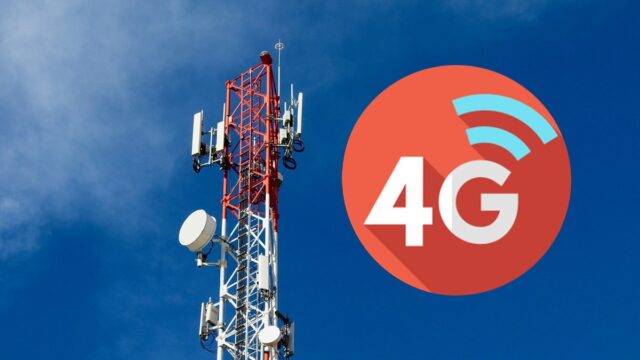From Independence to the 4G Era


The revolution brought about by 4G technology in India is undeniable. Since gaining Independence, India has made significant strides in technological advancements, with the introduction of 4G serving as a pivotal moment. This leap in mobile connectivity from 3G to 4G has not only enhanced communication but also spurred economic growth and innovation across multiple sectors.
Impact on Communication
4G has revolutionized communication, making it more efficient and accessible. Video calls, once plagued by lag and poor quality, are now smooth and clear, bridging distances and fostering connections between individuals regardless of their location. This seamless communication has enabled families and friends to stay connected, businesses to collaborate effectively, and educational institutions to reach a wider audience. The rise of 4G has also fueled the growth of social media platforms, enabling users to share high-quality content instantly and participate in online communities. This increased accessibility to information and self-expression has empowered individuals and communities, leading to the emergence of a vibrant digital content creator ecosystem in India.
Economic Growth
The economic implications of 4G are vast and far-reaching. Businesses have leveraged faster internet speeds to streamline operations, improve customer service, and expand their market reach. E-commerce platforms have flourished, offering consumers a wider range of products and services at their fingertips. This has not only boosted consumer choice but also created new avenues for businesses to thrive. The technology also proved to be a lifeline during the COVID-19 pandemic, enabling remote work arrangements and ensuring business continuity.
Startups, in particular, have thrived in this 4G-enabled environment. Improved connectivity has allowed entrepreneurs to innovate, collaborate, and scale their businesses more effectively. The startup ecosystem in India has witnessed unprecedented growth, contributing to job creation, economic diversification, and the overall development of the nation.
Innovation Across Sectors
4G connectivity has acted as a catalyst for innovation across diverse sectors. In education, online learning platforms have gained popularity, democratizing access to quality education and breaking down geographical barriers. Healthcare has also seen a transformation with telemedicine services becoming more prevalent, enabling remote consultations and improving healthcare access in underserved areas.
The agriculture sector, a cornerstone of the Indian economy, has also benefited from 4G connectivity. Farmers can now access real-time information on weather conditions, market prices, and best practices, empowering them to make informed decisions, optimize their yields, and improve their livelihoods.
Challenges and Future Prospects
While the rollout of 4G in India has been transformative, it has not been without its challenges. Infrastructure limitations and spectrum allocation issues initially posed hurdles to widespread adoption. However, concerted efforts by telecom companies and government initiatives have addressed many of these obstacles, paving the way for greater accessibility.
As India sets its sights on the next frontier with 5G technology, the groundwork laid by 4G will play a crucial role in facilitating a smoother transition. The experience gained, infrastructure developed, and digital literacy fostered during the 4G era will serve as a strong foundation for the widespread adoption and utilization of 5G.
The 4G revolution in India has been a testament to the country’s technological progress and its potential for future growth. From enhancing communication and driving economic development to fostering innovation across sectors, 4G has left an indelible mark on the nation. As India embraces 5G, the legacy of 4G will continue to shape the country’s digital landscape and empower its citizens for years to come.
Source link



